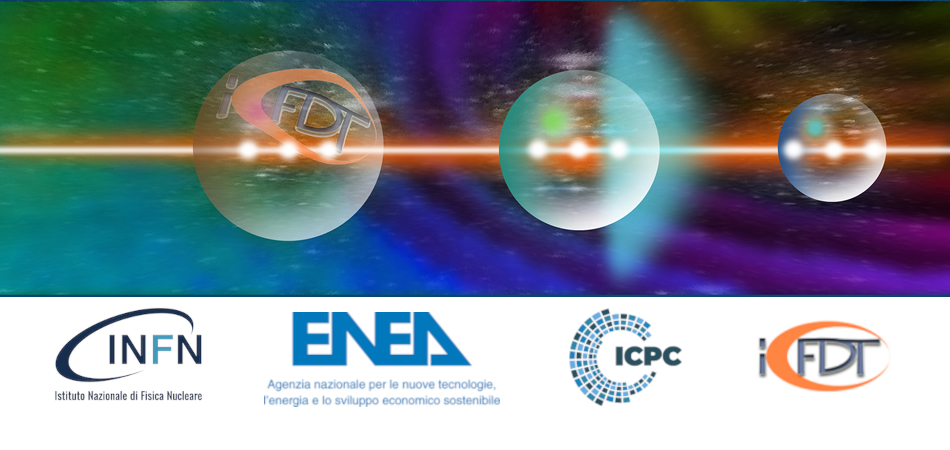Speakers
Description
Upper and lower graphite divertors in Experimental Advanced Superconducting Tokamak (EAST tokamak) were replaced by tungsten divertors in 2014 and 2021, respectively. And boronization was performed in EAST to improve plasma performance in long pulse discharges and accumulate experiences for ITER operation with tungsten wall. Therefore, studies on the behavior of tungsten and boron and other impurity particles in plasma especially in edge region are then crucially important. For the purpose, a space-resolved visible spectroscopic platform working at 320-800nm has been newly developed on EAST tokamak. The platform is built based on a compact endoscopic optics design, which enables two spectrometer systems covering advanced viewing ranges, i.e. vertical and toroidal (2D) space-resolved observation of tungsten and boron source on upper edge/divertor region, and investigation of the impurity line emissions profiles covering the whole poloidal cross section of EAST (1D) by equipping with fiber bundles of 11×10 planar and 60 vertical array, respectively. Especially full radial profile observation of M1 forbidden transition from tungsten ions of W8+-W12+ and W26+-W28+ will be also attempted with the 1D system. Combining with W24+-W28+ ions observation by EUV spectroscopic system , simultaneous observation of tungsten source, weakly- and highly-ionized tungsten ions will enable an experimental study on tungsten edge-core coupling transport study. Additionally, the profile of edge impurity flow and full radial profile of effective Z, Zeff, could also be inferred from this platform. Layout of the platform, design of the endoscopic optics, R&D of the quartz window and shutter and arrangement of spectrometer and detector, as well as the preliminary results, will be presented in this paper.

